Category: Longform
You are viewing all posts from this category, beginning with the most recent.
Bluesky's 2025 AT Protocol Roadmap: Enhanced Privacy and Developer Tools
Bluesky has just unveiled its 2025 roadmap for the AT Protocol, outlining some pretty significant changes aimed at making the platform smoother and more secure. Essentially, they’re fine-tuning the entire system. A key focus is on streamlining data synchronization with the Sync v1.1 update, which will make running relays more efficient and clarify the process for validating the firehose. Think of it as optimizing the backbone of the network, ensuring everything runs smoothly. As someone who’s been exploring both AT Protocol and ActivityPub clients, I’m particularly interested in seeing how these improvements will help bridge the gap towards a truly functional fediverse. Currently, ActivityPub boasts a larger ecosystem of clients and more established connectivity.
Security is also a major priority, with the introduction of Auth Scopes. This feature will give users much more granular control over app permissions. For example, you’ll be able to allow an app to read your posts without granting access to your direct messages. It’s about putting you firmly in the driver’s seat when it comes to your data. Developers are getting some love too, with a new web interface for PDS account management. This will simplify the process of building apps on the AT Protocol, making it easier for new users to sign up and manage their accounts.
Bluesky is also prioritizing the development of features for private groups and encrypted messages. They’re aiming to enable users to share content with specific audiences and keep it truly private, addressing a major demand for enhanced privacy. They’re also cleaning up the protocol by deprecating older features, ensuring everyone is using the latest and most efficient tools.
We believe that robust support for group-private data will be necessary for the long-term success of the protocol (and for apps built on the protocol). Similarly, the ability to share private content with a specific group or audience continues to be a top feature request for both the AT Protocol and the Bluesky app. Just as we’re currently doing with public conversation on the Bluesky app and the AT Protocol, we also want to co-design the protocol specification for private data in tandem with specific real-world product features: this results in better outcomes for both. Designing for privacy is pretty different from designing for global broadcast, and we think the data architecture will probably look pretty different from the MST + firehose system.
Shared data will depend on Auth Scopes, and we don’t expect to start design work until that is complete.
Looking forward, we continue to have plans to implement on-protocol DMs and E2EE group chat. However, we don’t expect to start work on this until after shared data is implemented. Meanwhile, there has been exciting progress in the broader tech world around the Messaging Layer Security (MLS) standard, and we are optimistic that we will be able to build on reusable components and design patterns when the time comes. It is also possible (and exciting!) that the atproto dev community will experiment and build E2EE chat apps off-protocol before there is an official specification.
The AT Protocol community continues to grow rapidly, and Bluesky encourages everyone to get involved through GitHub discussions and community events. It’s a collaborative effort, and the company is clearly committed to building a robust and user-friendly decentralized social network. I’m keen to see if these updates will allow the AT Protocol to catch up to ActivityPub’s current strengths in client diversity and network connectivity.
Mark Gurman Exposes Apple Intelligence Delay: My Relief and Google's Gain
If I had purchased the iPhone 16 like I had planned on after seeing what Apple teased with Apple Intelligence at WWDC 2024, I’d be furious. Mark Gurman has the scoop on Apple’s upgraded Siri experience and it’s not good:
Apple Inc.’s turmoil in its AI division reached new heights on Friday, with the company delaying promised updates to the Siri digital assistant for the foreseeable future.
Apple said that features introduced last June, including Siri’s ability to tap into a user’s personal information to answer queries and have more precise control over apps, will now be released sometime in “the coming year.” The iPhone maker hadn’t previously set a public deadline for the capabilities, but they were initially planned for the iOS 18.4 software update this April.
Bloomberg News reported on Feb. 14 that Apple was struggling to finish developing the features and the enhancements would be postponed until at least May — when iOS 18.5 is due to arrive. Since then, Apple engineers have been racing to fix a rash of bugs in the project. The work has been unsuccessful, according to people involved in the efforts, and they now believe the features won’t be released until next year at the earliest.
Apple has reached a new low. Expectations are high for Apple because they made their bed by showcasing such a future forward AI experience at their annual WWDC event last year. Honestly, as I wrote that, I realized that’s not even the main issue. This is the main issue…
Apple, with its ‘crack marketing team’ as deemed by Craig Federighi, created this impressive ad. The problem? None of these features exist. The upgraded personal Siri, capable of providing helpful on-device information in a manner similar to Gemini or ChatGPT, is not yet available. I nearly purchased an iPhone 16, hoping this feature would be available by the end of 2024. Unfortunately, it wasn’t, and I’m sure many people, unaware of the feature’s delay, purchased the iPhone 16 expecting these features. Apple is one of the few tech companies that can release a product with delayed features without widespread customer backlash on platforms like Reddit or device returns. Consumers invest significant money in these devices, and I believe they are beginning to realize Apple is not immune to such issues. I used to believe Apple would only announce features ready for immediate and complete delivery. Fool me once, shame on you; fool me twice, shame on me. This time, I avoided being fooled, thanks to Mark Gurman’s reporting on Apple Intelligence.
Just to provide some visual context on the disconnect between Apple marketing and the reality of Apple AI. This TV ad for Apple Intelligence was released 5 months ago. It still cannot do what is shown here. https://t.co/uC2qmHaVpe
— Mark Gurman (markgurman) March 2, 2025
In the meantime, I’m glad I stuck with Team Pixel and I’m looking forward to the continuation of Google’s Gemini advancements and the rumored on-device (Apple Intelligence-esque) “Pixel Sense” and “Pixie”.
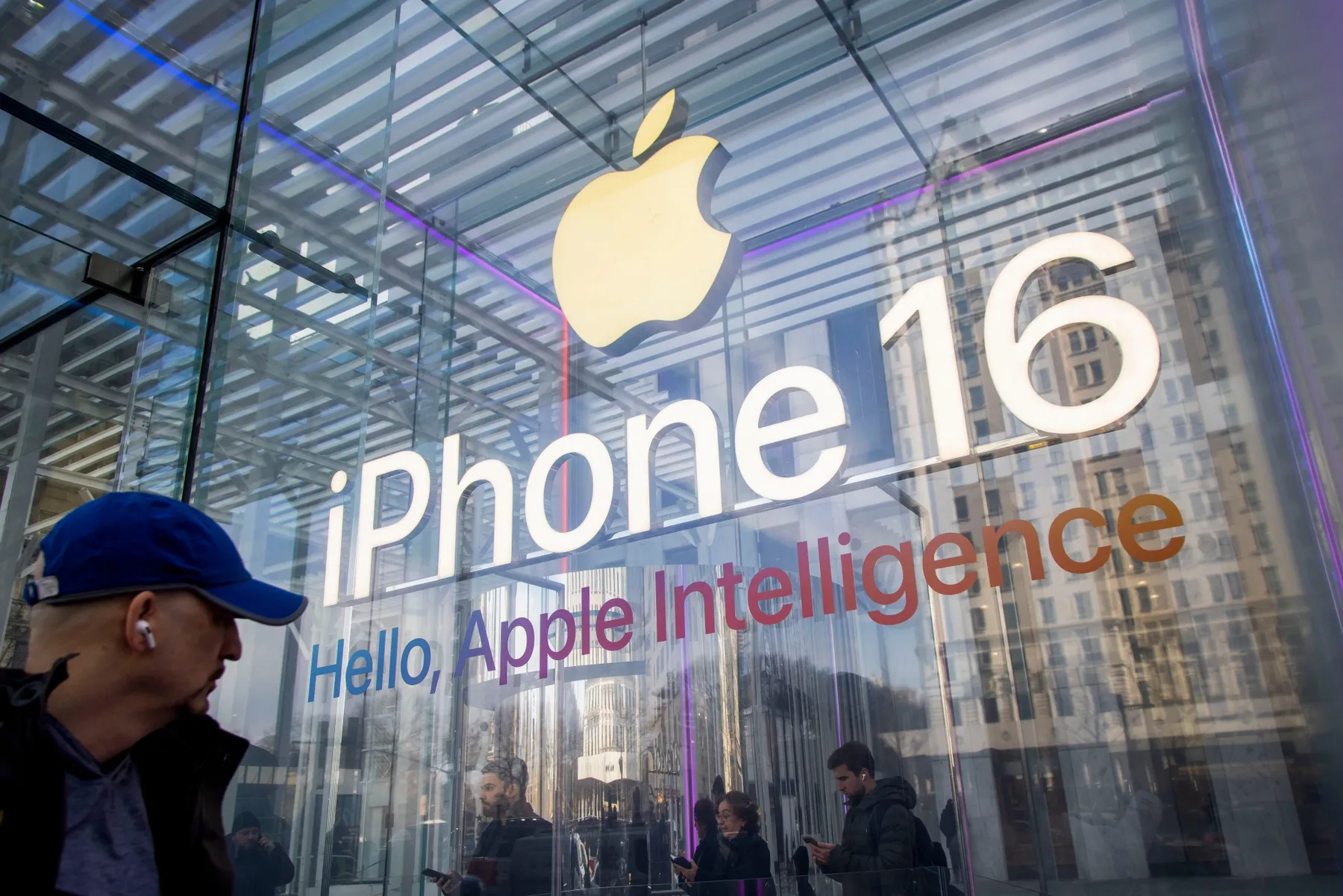
The Human Touch: How Google's Design Got Personal
You know, it’s been really interesting to watch how Google’s design has evolved over the years. They’ve gone from playing it safe to really embracing their own unique style, and it’s made a huge difference in how people experience their products. It’s like they’re constantly trying to find that sweet spot between form and function, and it’s been quite a journey to watch. As Ivy Ross, Google’s Head of Hardware Design, put it:
‘How do you translate the sentiment associated with Google—human, optimistic, bold–into color, texture and form?’ That’s exactly what they’ve been doing, and I think it’s really resonating with people."
I mean, think about those early Pixel phones. They were fine, but they didn’t exactly scream “Google.” But now, with the bold colors, playful accents, and those smooth, organic shapes, you can’t mistake a Google product for anything else. And it’s not just about the looks. Google’s design is all about making technology feel more human, more approachable. Those fabric-covered Nest speakers? They’re like a warm hug for your living room. The Pixel Watch, with its gentle curves and that water-droplet inspiration? It’s like a natural extension of your wrist. And don’t even get me started on the Pixel Buds case – it’s so satisfying to hold, like a perfectly smooth pebble.
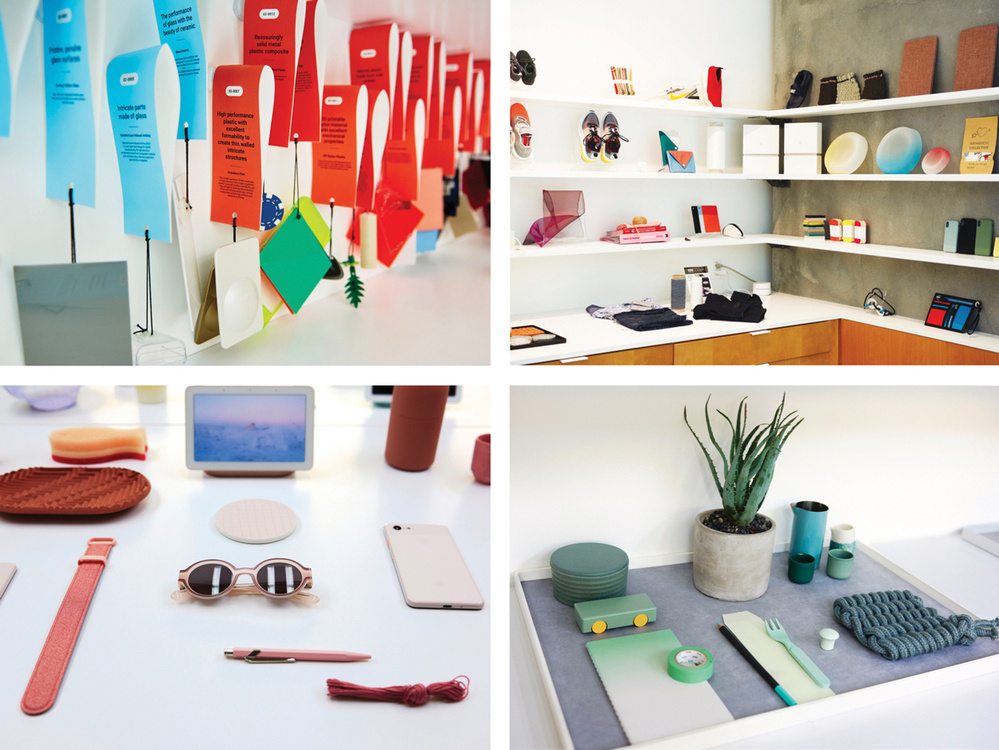
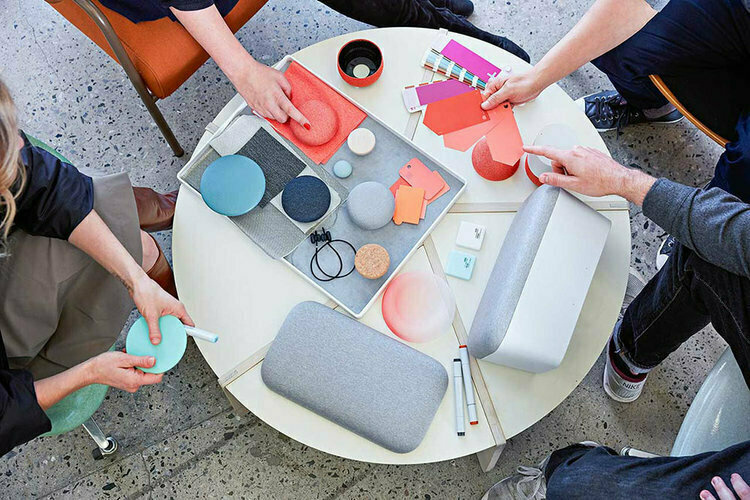
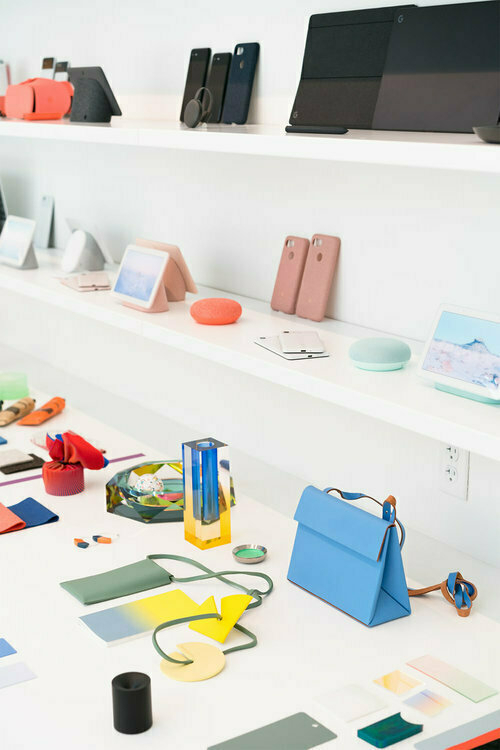

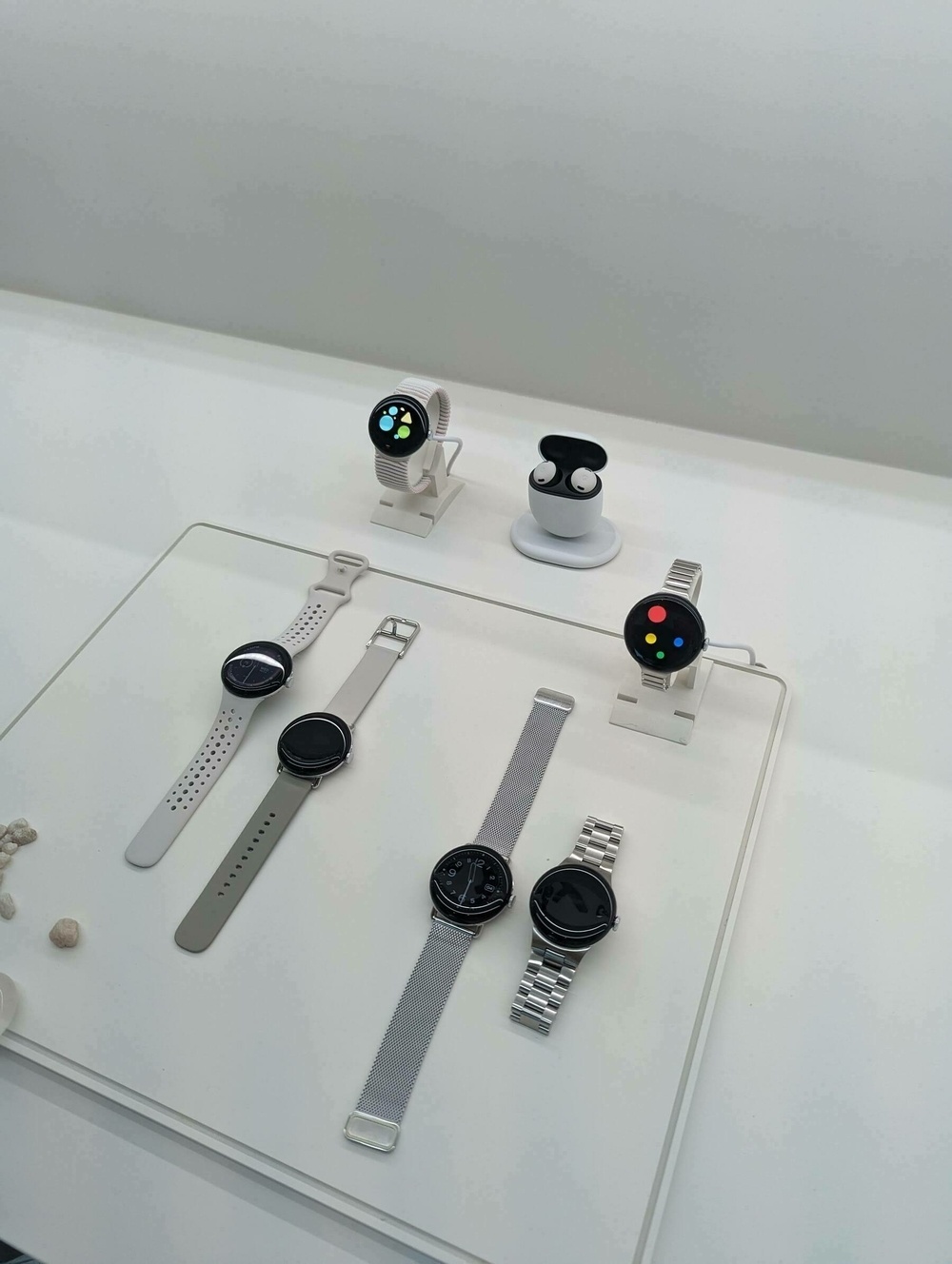
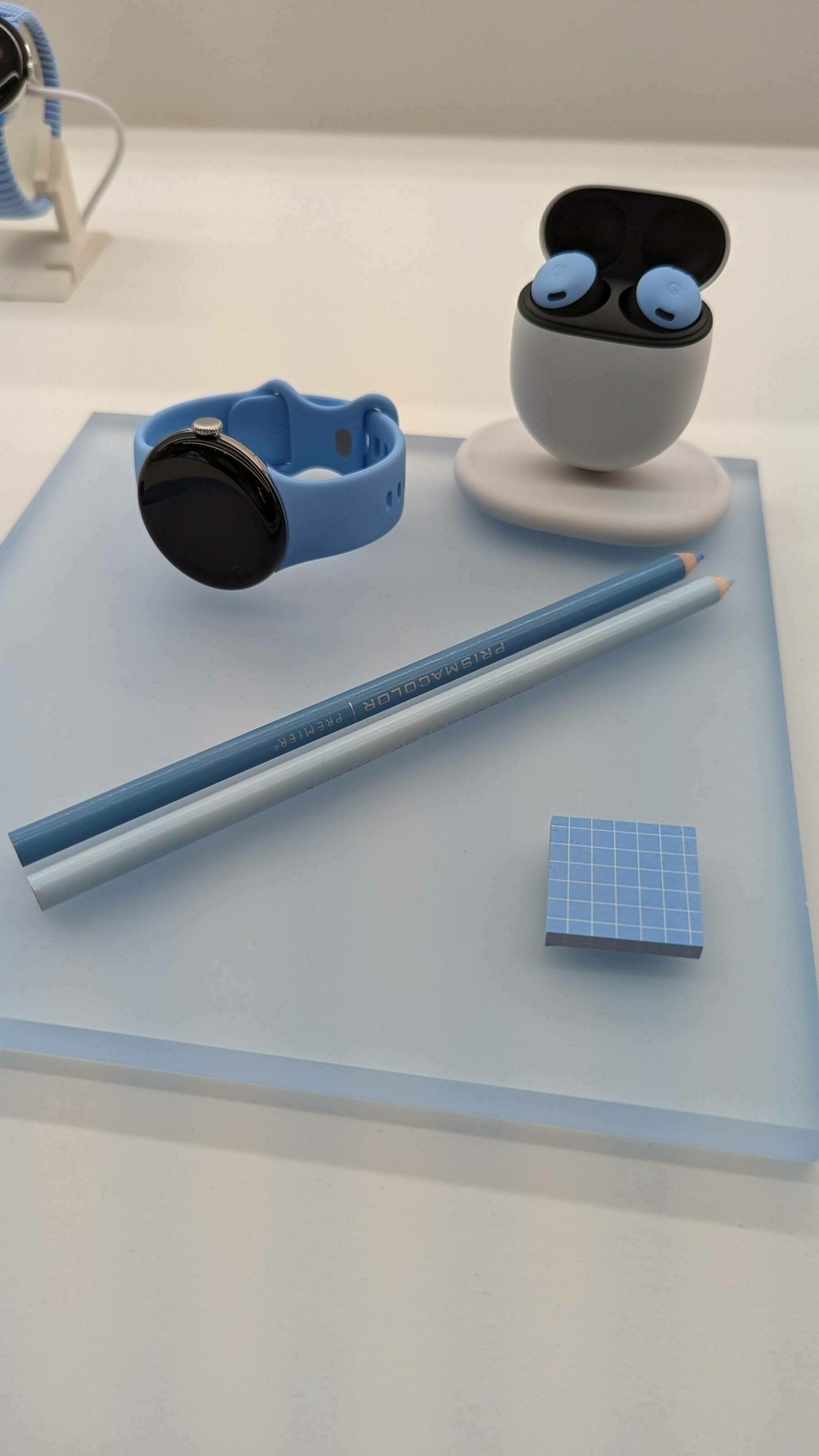
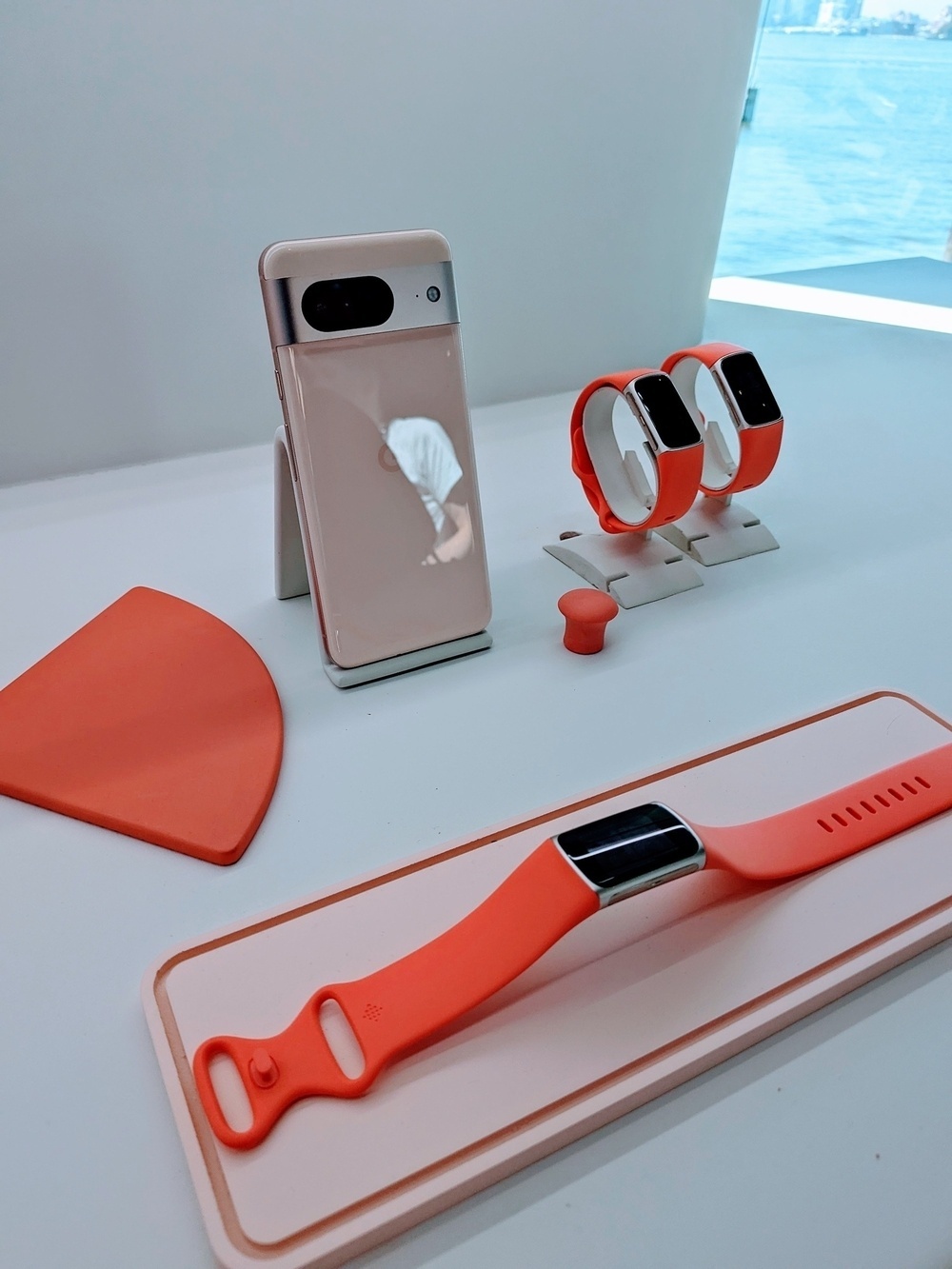
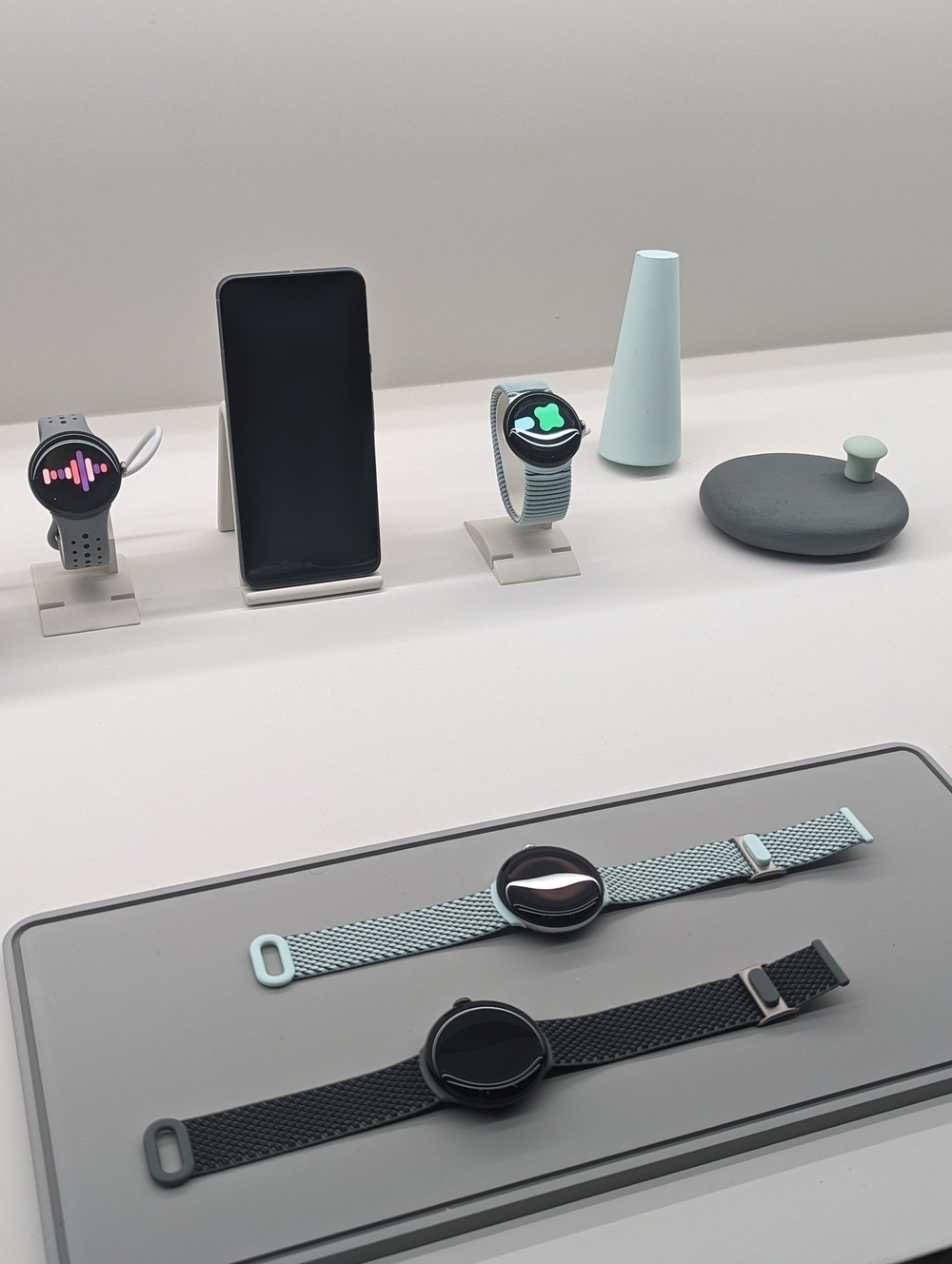
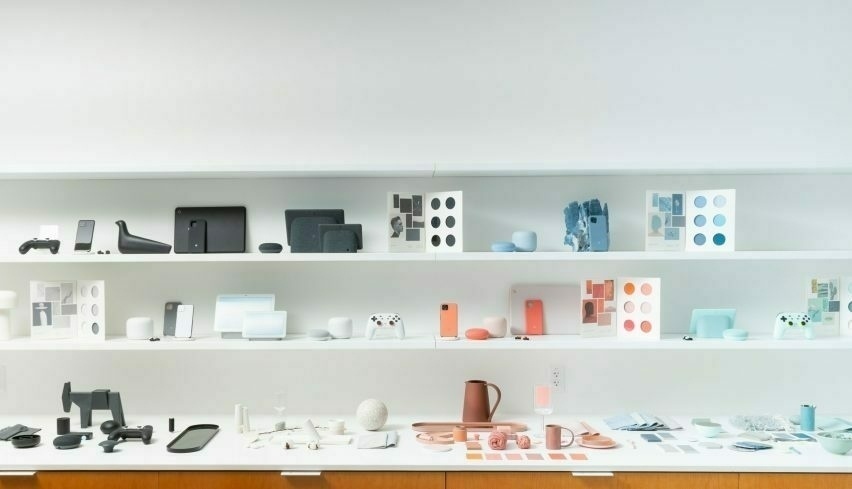
But here’s the thing: Google isn’t just following trends. While other companies are obsessed with making phones as thin as possible, Google’s focused on making them as useful and enjoyable as possible. And you know what? It’s working. The Pixel Pro and the Pixel Fold are proof that you don’t have to sacrifice functionality for style. So what’s next for Google’s design? I think we’ll see them continue to blur the lines between technology and everyday life, creating products that feel less like gadgets and more like natural extensions of ourselves.
And honestly, I can’t wait to see what they come up with next. It’s clear that Google is committed to creating technology that not only serves a purpose but also sparks joy and feels like a natural extension of our lives. That’s a design philosophy I can definitely get behind.
Clicks for Pixel: The Keyboard is Back!
Remember the satisfying click-clack of a physical keyboard? Clicks for Pixel brings it back to your Pixel 9 Pro or Pixel 9!
Jeff, co-founder and CMO of Clicks, shows off this innovative enclosure made of durable thermoplastic or TPU, with a flexible top for easy phone insertion. It features a brushed metal side key, contoured polycarbonate keys with a backlight, and nickel-plated dome switches for that perfect tactile and auditory click.
Available in “Onyx” and the special edition “Surge”, which is a MrMobile exclusive. Jeff exclaims that once the Surge color way sells out, they won’t be making anymore so it sounds like that’s the one to buy. In the video, Jeff shows some of his favorite Android built-in keyboard shortcuts that I cant wait to try when I get my hands on my own.
Mine should be here by April, but I’m hoping to get a few promo codes for you all reading my blog to jump in on this nostalgic keyboard kick.
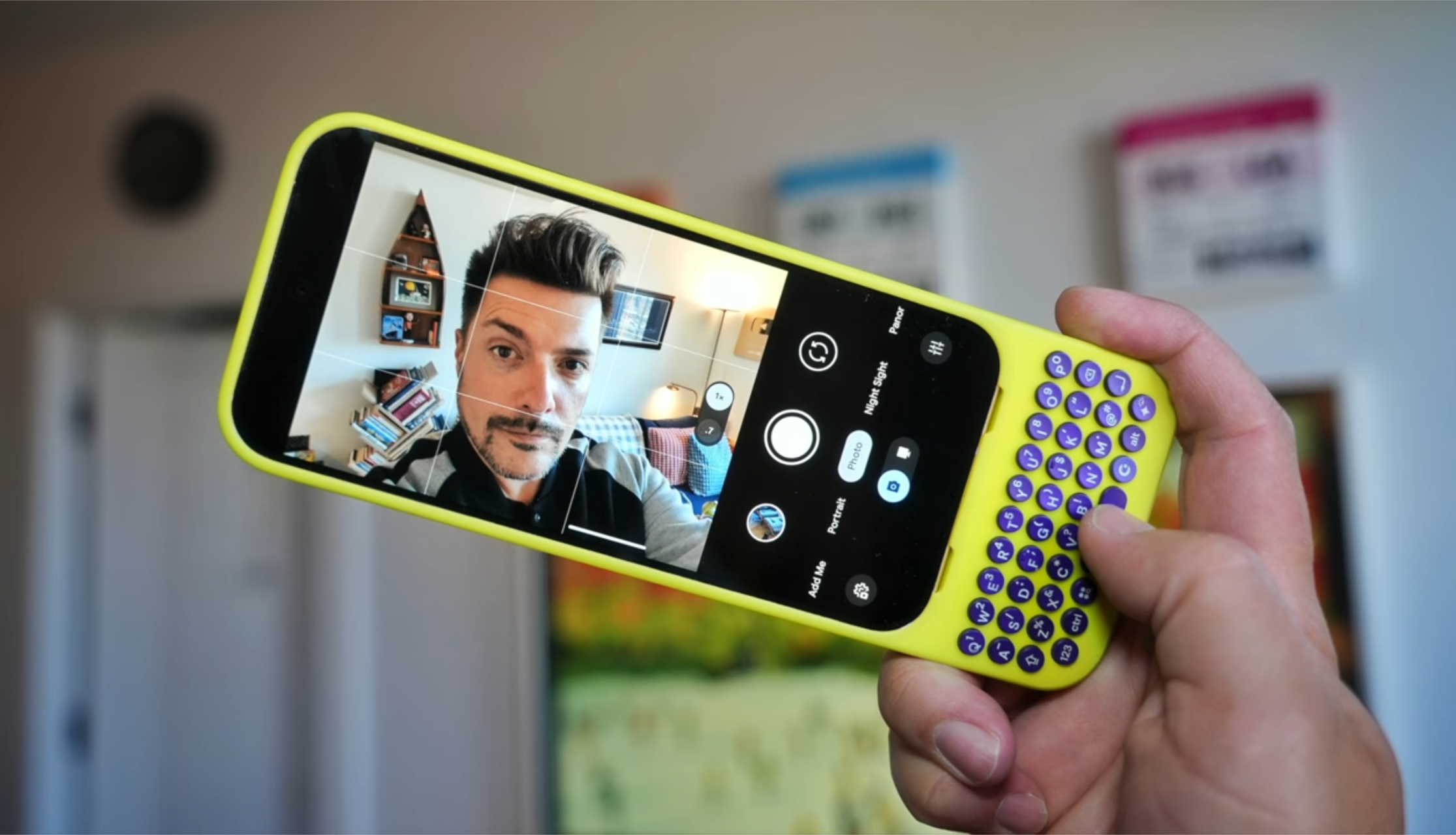
Are the Android Team Looking Into Adding Stackable Widgets to AOSP?
André Labonté, Project Manager on the Material Design team, directly answers this question:
“Stackable widgets are possible on some Android manufacturer’s devices and this is something we are looking into for AOSP. We getting this request a lot. So stay tuned. We aren’t committed to this yet, but keep asking and we’ll work on it.
OnePlus and Samsung are the Android manufacturer’s that André was mainly referring to, but there are many more across the eastern hemisphere. Having it built directly into AOSP would not only make it available for Google Pixel, but it would free up Android developers from these manufacturers to work on other things. The pipeline seems to be that when things that were once only available on al specific manufacturer devices become available across all of Android, those same manufacturers find something else to be a catalyst differentiator among devices. It’s a health progression.
I’ve been using stackable widgets on my Pixel through the Smart Launcher and it’s been pretty great. I can see the appeal, especially since the general philosophy over widgets is to be an app instance that does one thing really well instead of something that is a full window into the app. Though iOS birthed this new resurgence for widget design, Android continues to provide better functionality and practically on having widgets on the home screen. Soon widgets will be on the lockscreen on mobile.
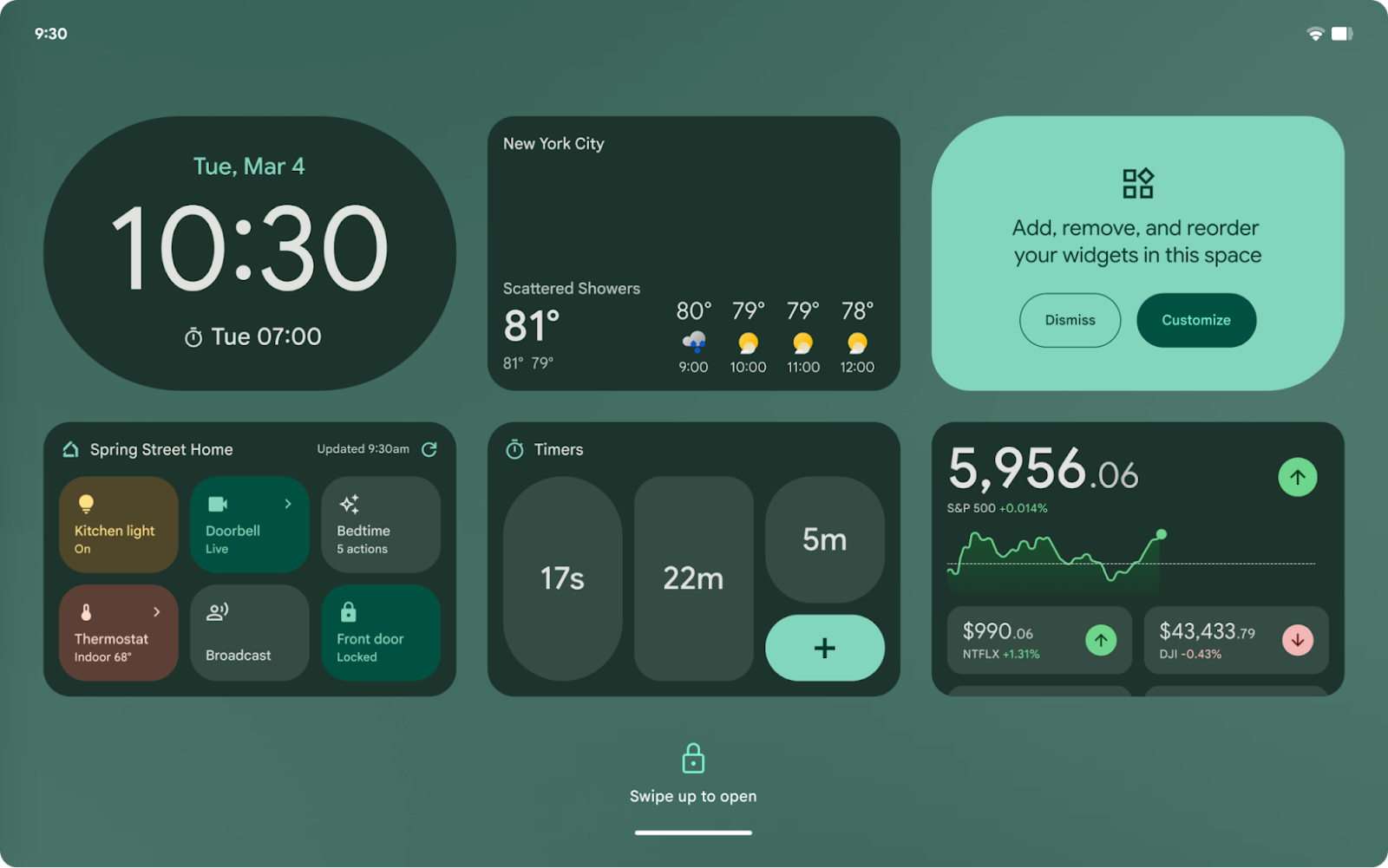
Lock Screen Widgets on Android are Making a Comeback
Mishaal Rahman on Android Authority:
“With the previous Pixel Drop, Google introduced the ability to add widgets to the lock screen, bringing back a feature it had scrapped nearly a decade ago. Unfortunately, the company limited the feature to Android tablets, limiting its usefulness. Thankfully, Google has now confirmed that it will bring lock screen widget support to Android phones in an upcoming Android release, and we managed to activate the feature to bring you a first look.”
I remember back in Android Jelly Bean, in 2012, introduced the ability to put widgets on your phones lockscreen. I remember mainly using it for music and quickly taking notes with some sticky notes mimicked app that I picked up from the Play Store. I don’t know why the Android team got rid of them, but they certainly brought them back in Android 15 during the resurgence of Android tablets this past year. Samsung has been doing their own hops over the AOSP to support lock screen widgets on their own Galaxy devices, but with Android 16 right around the corner, Android as a whole will be getting the feature back again. Check out Mishaal’s short video explaining how lock screen widgets will work on Android 16.
Hey Google, Don't Go Slim
I’ve started to notice this trend of slimming down smartphones. Samsung teased its next Galaxy S25 ‘Edge’ device that’s going to be 5.84mm thin. Apple is rumored to announce an iPhone 17 Air, also allegedly known as the iPhone 17 Slim, to be around 5.5mm at its thinnest point.
It’s apparent that innovation in the iPhone lineup has become stale, with Apple seemingly experimenting without a clear direction. From the iPhone Mini, Plus, and now Slim. And I’m not surprised that Samsung is following suit as they usually follow Apple’s lead with things. Google has won the GLOMO awards back-to-back with its Pixel Pro devices, and many would agree that their Pixel Fold is currently the best in the Western Hemisphere. Therefore, Google should continue focusing on tuning the hardware of that, continue to fine-tune Pixel Watch and WearOS to bring even more competition to the Apple Watch, continue to research the Android tablet market, drive demand for Android XR, and even put more R&D on an Android tablet and laptops. All of that sounds good. Google, do not waste your time on a Pixel Slim. Your Pixels are already sufficiently thin. If a breakthrough in battery slimming is achieved while maintaining capacity, simply incorporate additional batteries into the existing chassis.
Pixel 9a in Purple Presents Itself
Evan Blass is at it again posting leakers and if you’re unable to see his post on X, 9to5Google has posted the photos on their blog site as well.
Many people are saying that the Pixel 9a looks cheap. From what it seems like, the price might present the same affordability that previous A-series models held within that $399-$499 price. As for it looking and feeling cheap, I plan on getting my hands on it, either the purple or white color, and using it as my main device as soon as it’s rumored to be released later this month.
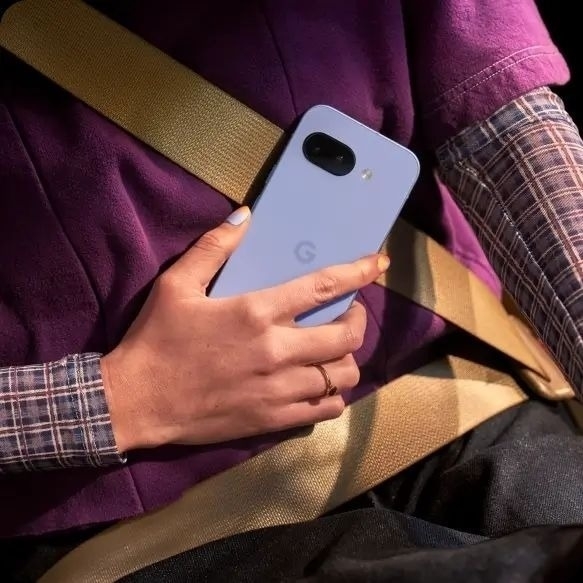
My Mom is Going to Love Scam Detection
Aisha Sharif, Product Manager, Pixel Phone on The Keyword
Scam Detection for phone calls, powered by Gemini Nano, protects you from fraud with on-device AI while keeping your conversations private to you. This Pixel-exclusive feature detects conversation patterns in calls commonly used by scammers in real time and will notify you if it senses anything suspicious.
And Scam Detection is now available in Google Messages, too. It uses on-device AI to flag conversational text patterns commonly associated with scams, so it can identify messages that seem harmless, but turn dangerous over time. You’ll receive a real-time warning so you can easily block and report the conversation.
My mom recently retired and if there’s one thing that raises her stress level it’s scammers. I bought her a Pixel 8a this last year, after having a Pixel 5 for some time, and she absolutely loves Call Screening and the Spam detection features in the phone app. Just the other day she sent me a screenshot of an E-ZPass texting scam that has been going around. She almost fell victim to it because E-ZPass is an actual highway toll system that is within her area. Thankfully, she didn’t respond to it or click the link, but now that Scam Detection is coming to Google Messages, my mom will now get a large badge alerting her that this message was a Scam.
More from the Google Online Security Blog:
Scam Detection in Google Messages uses powerful Google AI to proactively address conversational scams by providing real-time detection even after initial messages are received. When the on-device AI detects a suspicious pattern in SMS, MMS, and RCS messages, users will now get a message warning of a likely scam with an option to dismiss or report and block the sender.
As part of the Spam Protection setting, Scam Detection on Google Messages is on by default and only applies to conversations with non-contacts. Your privacy is protected with Scam Detection in Google Messages, with all message processing remaining on-device. Your conversations remain private to you; if you choose to report a conversation to help reduce widespread spam, only sender details and recent messages with that sender are shared with Google and carriers.
Scam Detection is only available in English in the U.S., U.K. and Canada and will expand to more countries soon.
Also, something I also found interesting is that a cybersecurity firm, conducted a funded evaluation of fraud protection features on a number of smartphones and found that Android smartphones, led by the Pixel 9 Pro, scored highest for built-in security features and anti-fraud efficacy. The full report is in a PDF.
Pixel 9 Pro is The Best Smartphone of 2024 According to Market Analysts
Pixel 9 Pro wins ‘Smartphone of the Year’ award, Google’s second in a row 🏆🏆
MWC Barcelona explains more about the category and the criteria:
The Best Smartphone award combines outstanding performance, innovation and leadership as determined through assessment of smartphones on the market during the period January 2024 to December 2024, by world leading independent analysts, journalists and influencers.
There’s no surprise here, but it’s important to know that the Pixel 9 Pro was up against the Galaxy S24 Ultra and the iPhone 16 Pro Max which are the best offerings on both of the mobile operating systems.
The judges nominate and select the shortlist for the category, based on the following criteria:
- Physical design and innovation
- Device performance and form factors
- Genuine new innovation deployed e.g. in form factor, technology, features
- Product usefulness in terms of functionality and features
- Price point and perceived value for money
- Commercial success in global territories
- User experience, quality & reliability
- Environmental and sustainability credentials
- On-going commitment on support e.g. software upgrades
All judges come from market research companies with larges amounts of global data that could present proper judgement on these criteria:
Judges
- Amber Liu, Canalys
- Kiranjeet Kaur, IDC
- Carolina Milanesi, Creative Strategies
- Nabila Popal, IDC
- Richard Lai, Independent
- Ben Wood, CCS Insight
- Zaker Li, Omdia
- Prabhu Ram, CyberMedia Research
- Leo Gebbie, CCS Insight
- Abhilash Kumar, TechInsights
- Varun Gupta, Counterpoint
- Francisco Jeronimo, IDC